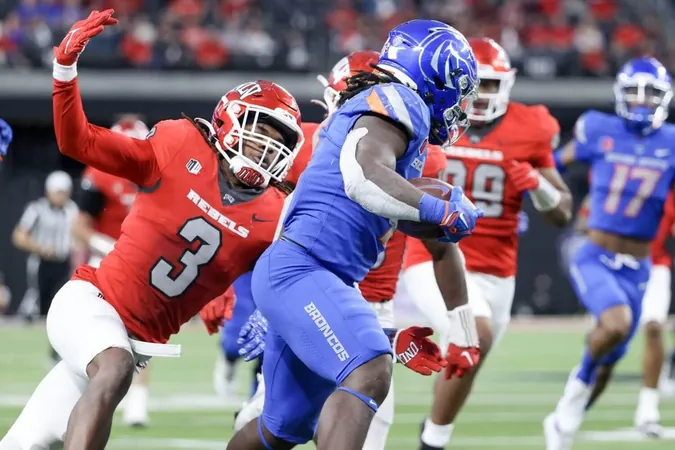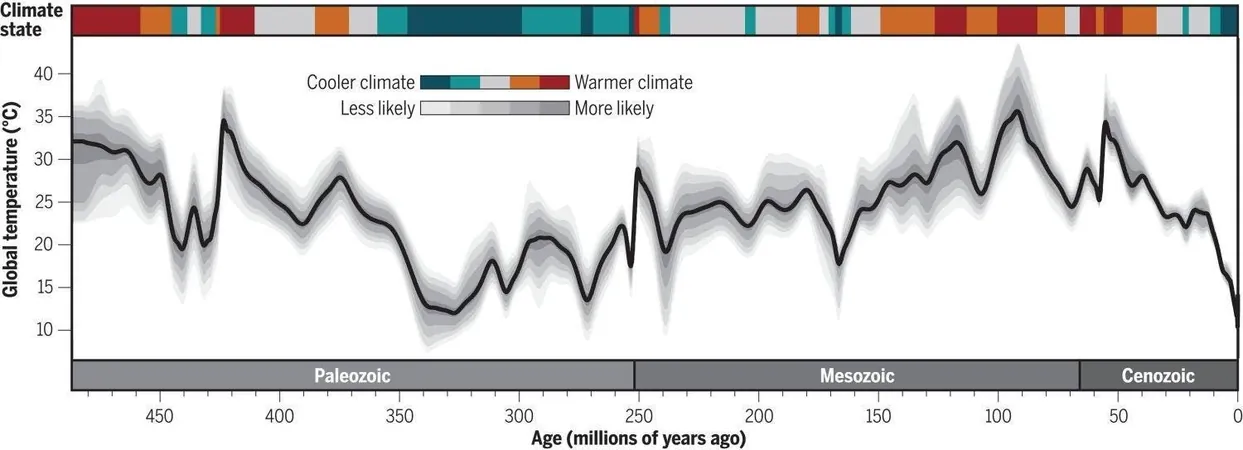
The Great Conference Shuffle: Unpacking the Pac-12 and Mountain West Saga
2024-09-25
As the college sports landscape undergoes significant changes, the ongoing conference realignment in the West has left many bewildered about the motives and maneuvers involved. Why didn't the remaining members of the Pac-12 simply integrate with the Mountain West? What is the financial fallout from the realignment? And why is there a looming court battle following a surprise lawsuit from the Pac-12? Let’s dive into the intricate web of events that have led to this unprecedented situation.
How the Pac-12 Found Itself in Trouble
The Pac-12 has seen a dramatic shrinkage in its membership this past year. With powerhouse institutions like USC and UCLA bolting for the Big Ten, and several others like Arizona and Utah opting for the Big 12, the conference was left with only two members: Oregon State and Washington State. Under NCAA regulations, a conference must maintain a minimum of eight members to qualify for certain benefits, including eligibility for a coveted College Football Playoff spot. To reverse its fortunes, the Pac-12 has swiftly added schools from the Mountain West—Boise State, Colorado State, Fresno State, San Diego State, and Utah State—to bump its membership up to seven by 2026.
The Dilemma of Connection
One must wonder why Oregon State and Washington State did not simply join the Mountain West. These schools initially believed they could still attract invites from bigger conferences like the ACC or Big 12. Their hope to remain at the "Power Five" level proved fleeting when these conferences opted not to expand further. Consequently, Oregon State and Washington State felt compelled to rebuild the Pac-12 rather than settle for a lower-tier classification.
A Complex Deal
To navigate the tumultuous waters of realignment, Oregon State and Washington State entered a scheduling agreement with the Mountain West that facilitated games for the 2024 season. Under the terms, the Pac-12 agreed to pay $14 million to the Mountain West in exchange for a game against its teams, while also discussing potential future cooperation, including a merger or a revised scheduling arrangement. However, as negotiations continued, both sides began to diverge. As talks soured, financial discrepancies led to the Pac-12 filing a lawsuit against the Mountain West, claiming the imposed "poaching fees"—which could reach as high as $137.5 million—were punitive and anti-competitive.
Where Do Other Sports Stand?
Just like football, other sports faced significant changes as a result of the upheaval. Oregon State and Washington State's remaining athletic programs found refuge in the West Coast Conference, while their baseball teams sought independent status or temporary agreements with the Mountain West. The reshuffling begs the question of how these schools will adapt to new rivalries and formats.
A Game of Risk and Reward
The deadline for extending the scheduling agreement for 2025 approached with no consensus in sight; financial disagreements clouded the negotiation table. The Pac-12 initially sought to maintain its connection to the Mountain West but found their demands for $30 million exorbitant compared to the previous year’s rate.
The Future of the Pac-12 and Mountain West
As the dust settles, the Pac-12's recent additions reflect their efforts to establish a viable conference for the next era. However, the ongoing lawsuit and the uncertainty of future membership put Oregon State and Washington State in a precarious position. The incoming 2026 members may improve the conference's stature, but concerns about automatic playoff spots still loom large.
UTSA, Tulane, and other schools from the American Athletic Conference declined the Pac-12's overtures, leaving the Pac-12 to look primarily at Mountain West programs for potential expansion. The resistance to join comes down to uncertainties about a new television deal that remains elusive and the financial implications associated with travel and exit fees.
The Road Ahead
What lies in wait is a critical juncture for all parties involved. Will the Pac-12 find its footing among the new members it’s courting? Can the Mountain West stabilize itself in the face of defections? The unfolding drama continues, with major implications for the future of college athletics in America.
Conclusion
The drama surrounding the Pac-12 and Mountain West is only the beginning of a seismic shift in college sports. As institutions grapple with identity, finances, and their competitive landscapes, fans of college football and basketball can expect even more surprises. Stay tuned as this realignment saga unfolds—what happens next could reshuffle the future of college athletics as we know it!




 Brasil (PT)
Brasil (PT)
 Canada (EN)
Canada (EN)
 Chile (ES)
Chile (ES)
 España (ES)
España (ES)
 France (FR)
France (FR)
 Hong Kong (EN)
Hong Kong (EN)
 Italia (IT)
Italia (IT)
 日本 (JA)
日本 (JA)
 Magyarország (HU)
Magyarország (HU)
 Norge (NO)
Norge (NO)
 Polska (PL)
Polska (PL)
 Schweiz (DE)
Schweiz (DE)
 Singapore (EN)
Singapore (EN)
 Sverige (SV)
Sverige (SV)
 Suomi (FI)
Suomi (FI)
 Türkiye (TR)
Türkiye (TR)